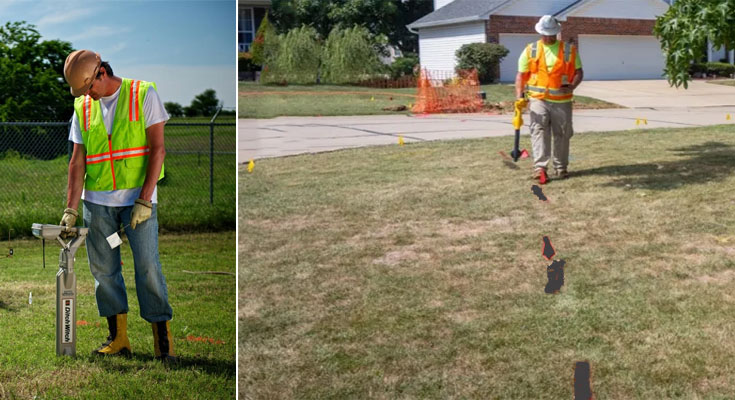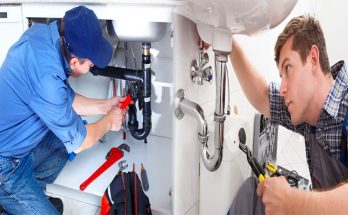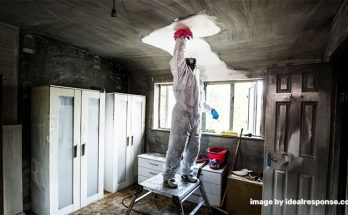Identifying the water supply line to your home may not seem urgent—until a pipe burst. Knowing the location of this pivotal component is essential for quick shutoffs, mitigating potential water damage, and ensuring timely repairs.
This guide demystifies the process, offering clear, step-by-step instructions to find your home’s water lifeline, a crucial piece of plumbing knowledge for any homeowner.
Where to Check for Water Supply Line
A steady supply of water is necessary for daily living in homes, but problems with the water supply line can cause this vital convenience to be disrupted. Early detection of possible issues is essential to avoiding property damage, waste of water, and rising repair expenses.
We’ll go over the main areas to look for problems with the water supply line below.
Basement or Crawlspace
In homes with basements or crawlspaces, these are the first places you should investigate. Typically, the main water supply line will be on the front wall—look for a larger pipe, often made of copper, steel, or sometimes PVC, with a handle or knob. This is your shut-off valve. Its appearance can vary: older homes may have a circular handle, while newer ones might feature a ball valve with a lever.
Garage
The garage is another common point of entry for the main water supply, especially in homes that lack a basement. It’s often located near the ground, at eye level or below, and might have insulation wrapped around it for protection against freezing. The valve may be within a utility box or on the pipeline itself.
Near Water Heater
Look around the vicinity of your water heater. Since the water heater requires a substantial water supply, the main line often runs in this area. The shut-off valve might be close to the heater, allowing for maintenance or replacement without disrupting the entire home’s water system. Here, the shut-off valve could be different—more industrial, with a larger lever due to the heater’s high demand for water.
Foundation Near the Front Side of the House
For houses on a slab, check the perimeter, specifically where the main water line might emerge before it disappears into the foundation. This line usually comes straight from the water meter, which could be aligned with the water main on your street, giving you a clear indication of where to look. You might also find a cleanout, which can be another sign you’re in the right area.
Outside Near an External Faucet
External faucets, like those you might use for a garden hose, can trace directly back to the main water supply. By following the line from an outdoor spigot back into your house, you’re likely to find where the main line enters, especially if the faucet is located on the front or side of the house. This can often be a simpler method for locating the water supply line from the exterior of your home.
Follow the Direction of the Pipes
If your water meter is visible at the front of your property, trace the pipes leading from it towards your house. They should direct you to the supply line’s entry point. This can involve some crawling around in basements or crawlspaces, but it’s typically the most direct route to the supply line.
Check the Property Inspection Report
When you purchased your home, a property inspection report was likely part of the process. This report should outline where the main water supply line enters your home and where the shut-off valve is located. This saves you the time and effort of a physical search and provides a quick reference in an emergency.
It’s best to get in touch with a licenced local plumber to inspect and address any possible issues with the water supply line if you can’t figure out what’s wrong or fix it yourself.
Why is It Important to Know Where the Water Supply Line Is Located
Understanding the whereabouts of your main water supply is more than a convenience—it’s a crucial safety measure. It allows for quick action in the event of a plumbing emergency, which can prevent extensive water damage. Professional plumbers agree that one of the first defensive actions against a plumbing mishap is to cut the water off at its source: the main supply line. Being familiar with its location is empowering, enabling you to minimise damage and control the situation until professional help arrives.
Moreover, regular monitoring of your main water supply line can help you identify potential issues before they escalate. A visual inspection can reveal signs of corrosion, leaks, or wear and tear, prompting early intervention. By knowing where to look, you can also shut off the water when performing routine maintenance or during extended absences from your home, reducing the risk of leaks or bursts.
Conclusion
In-home ownership, knowledge equals power, and knowing where your main water supply line is positioned is a powerful tool in your home maintenance arsenal. By following this guide, you’re not only protecting your home from potential disasters but also ensuring you’re prepared to handle them if they occur. And while the search for the water supply line may seem daunting, remember that professional plumbers are always a call away, ready to provide expert guidance and service. Your home is your castle, and by taking the reins on simple preventive measures like this, you’ll keep it safe and sound for years to come.





